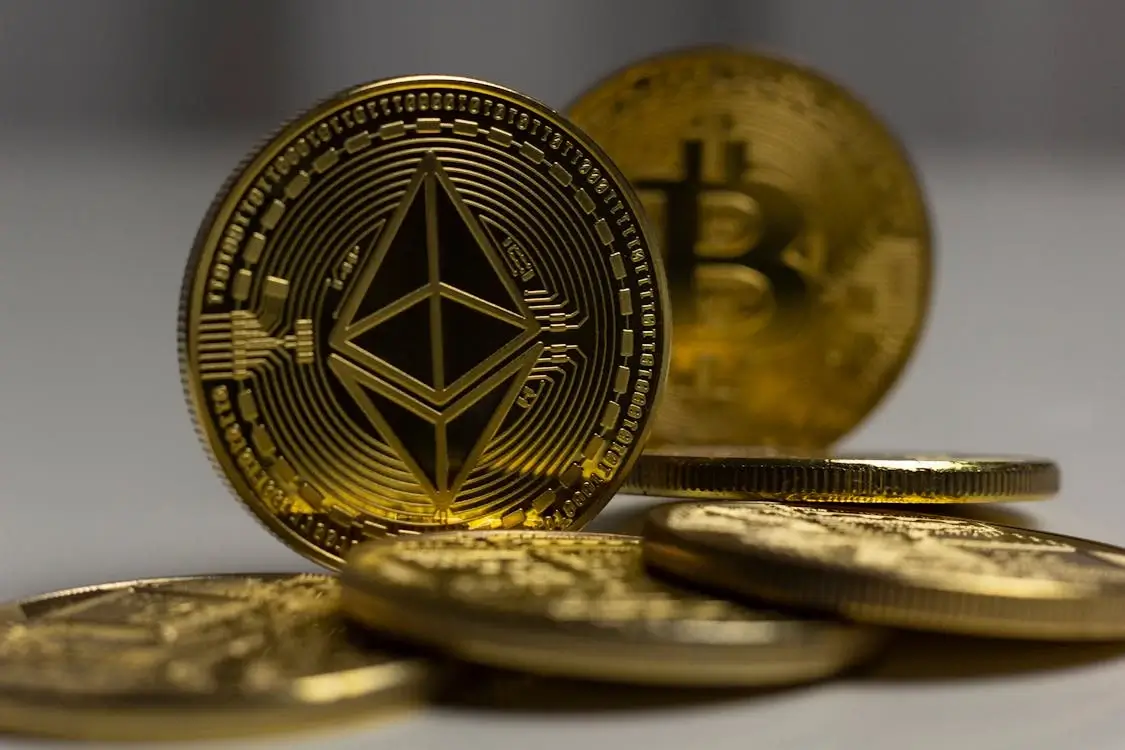Typically, when most of us hear the word “mining,” we picture workers in hard helmets and pickaxes working in shadowy tunnels below the surface. Nowadays, though, the term “mining” refers to something very different, especially when discussing data and cryptocurrencies. This article will go over the several kinds of mining, with an emphasis on the more conventional forms, mining for cryptocurrencies, and data mining, which is becoming increasingly important. The procedures, technology, and effects on our economy and ecosystem will be discussed.
Traditional Mining: The Classic Approach
What Is Traditional Mining?
When precious minerals or other geological materials are extracted from the earth, this process is known as traditional mining. The procedure consists of many steps, including discovery, extraction, processing, and restoration. Coal, metals (including gold, silver, and copper), and industrial minerals (including sand and limestone) are among the most frequently exploited resources.
The Mining Process
- Exploration: In order to find mineral deposits, geologists undertake surveys and research. The application of cutting-edge technology, such as seismic surveys, and substantial fieldwork are commonplace during this stage.
- Extraction: After a promising deposit is located, mining firms choose between open-pit (surface) and underground mining as their extraction method. In order to get to the minerals, open-pit miners dig huge holes in the ground, whereas subterranean miners dig tunnels.
- Processing: Involves separating the raw materials’ valuable minerals from their trash after extraction. This may necessitate the use of chemicals, grinding, and crushing.
- Reclamation: Following mining operations, ethical mining firms endeavor to return the land to its original condition or find new uses for it.
Environmental Impact
Destroying habitats, causing soil erosion, and polluting water sources are only a few of the major environmental impacts of conventional mining practices. Stricter rules, with an emphasis on sustainable practices and restoration, have been put in place by some nations to lessen the severity of these consequences.
Cryptocurrency Mining: The Digital Revolution
What Is Cryptocurrency Mining?
Bitcoin and Ethereum, among others, rely on a distributed database called a blockchain, which is validated by miners who add new transactions to the ledger. Cryptocurrency mining entails solving difficult mathematical problems, as opposed to conventional mining that harvests actual commodities.
How Does Cryptocurrency Mining Work?
- Validation of Transactions: When consumers make purchases, they put them into blocks. To ensure the legitimacy of these blocks, miners compete by solving cryptographic riddles.
- Proof of Work: PoW is a consensus technique used by the majority of cryptocurrencies. In order to add a new block to the blockchain, miners utilize their powerful computers to solve increasingly difficult riddles.
- Rewards: Miners receive freshly created bitcoin and transaction fees as compensation for their computational labor. This will encourage them to keep up with the network maintenance and transaction validation.
Types of Cryptocurrency Mining
- Solo Mining: In this method, miners operate individually, which might lead to lower profits owing to competition but, if successful, pays the whole block reward.
- Pool Mining: When miners form a “pool,” they share resources like computing power and payouts. With this strategy, you have a better shot at confirming a block and making a steady profit.
- Cloud Mining: One way to mine cryptocurrencies without spending a fortune on gear is through cloud mining, which is renting processing power from an outside source.
Environmental Concerns
Many people are concerned about the amount of energy that cryptocurrency mining, and Bitcoin mining in particular, uses. There are valid worries regarding carbon emissions and environmental sustainability with the massive amounts of electricity needed to operate mining equipment. Renewable energy sources and less energy-intensive consensus processes, such as Proof of Stake (PoS), are being investigated by several initiatives as potential greener alternatives.
Data Mining: The Modern Gold Rush
What Is Data Mining?
Analyzing massive databases for meaningful patterns, correlations, and insights is known as data mining. A number of sectors make extensive use of this method, including banking, medicine, advertising, and communications.
The Data Mining Process
- Data Collection: The first thing to do is collect data from all over the place, including databases, sensors, and internet transactions.
- Data Preprocessing: Ensuring high-quality analysis begins with data preprocessing, which entails cleaning and organising the data to eliminate mistakes, duplication, and extraneous information.
- Data Analysis: A number of algorithms and statistical methods are used to find correlations and patterns in the data. Clustering, categorization, and regression analysis are common approaches.
- Interpretation: Finally, the results must be interpreted in order to be turned into practical insights that may be used for making decisions.
Applications of Data Mining
- Customer Segmentation: Companies segment their customers by analyzing their preferences and actions through data mining. This helps them create more targeted marketing campaigns and enhances client engagement.
- Fraud Detection: In order to detect and prevent fraudulent actions, financial institutions use data mining tools to uncover anomalous transaction patterns.
- Predictive Analytics: Better strategic planning is possible with the use of predictive analytics, which analyze past data to reveal patterns like changes in product demand or market dynamics.
The Future of Mining: Trends and Innovations
Looking ahead, a number of developments are influencing the traditional and digital mining sector.
1. Sustainable Practices
Minimizing environmental effect through sustainable mining operations is becoming more important. Automation, remote sensing, and sophisticated materials processing are some of the technologies that are being used to make things more efficient and less wasteful.
2. Technological Advancements
Efficiency is being driven by technological breakthroughs in both traditional mining and cryptocurrency mining. Machine learning, artificial intelligence, and advanced data analytics are revolutionizing mining operations and the way corporations approach them.
3. Regulatory Changes
Stricter regulations for mining activities are being put in place by regulatory agencies in response to the increasing public awareness of environmental concerns. Sustainable practices and efforts to lessen environmental impacts are part of this.
4. The Rise of Decentralized Finance (DeFi)
There has been a shift in the bitcoin market due to the advent of DeFi. Borrowing, lending, and trading via DeFi platforms may happen without the need for traditional middlemen, which can lessen the burden on miners.
Conclusion
In today’s technical and economic world, mining in all its forms is indispensable. There are many different kinds of mining, each with its own set of procedures, difficulties, and consequences. Some miners seek to extract rich minerals, while others confirm digital transactions using cryptocurrencies. Still others mine data in search of insights.
Moving ahead, the mining industry’s future will be defined by its commitment to sustainability, technological innovation, and regulatory compliance. Mining is an important and ever-changing area in our linked world, whether it’s about making sure natural resources are extracted as efficiently as possible, making sure procedures are ecologically friendly, or using data strategically. By learning about the many forms of mining, we can better grasp their relevance and the constant changes that will shape our destiny.




